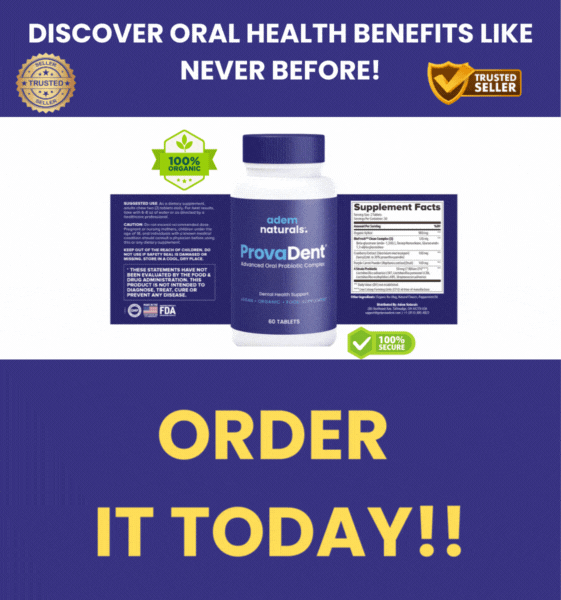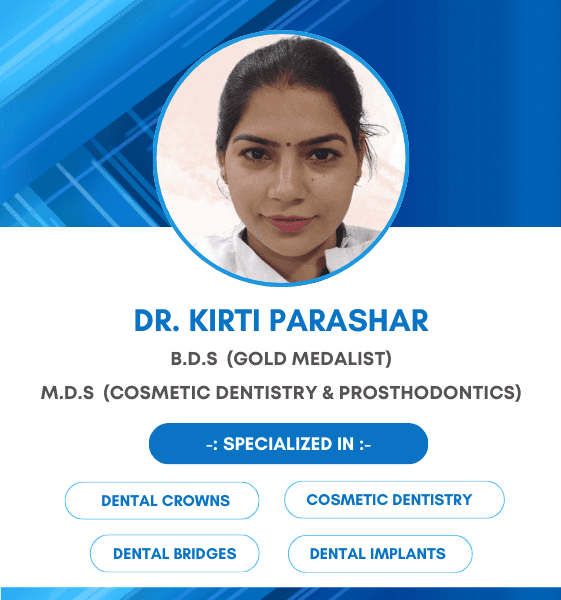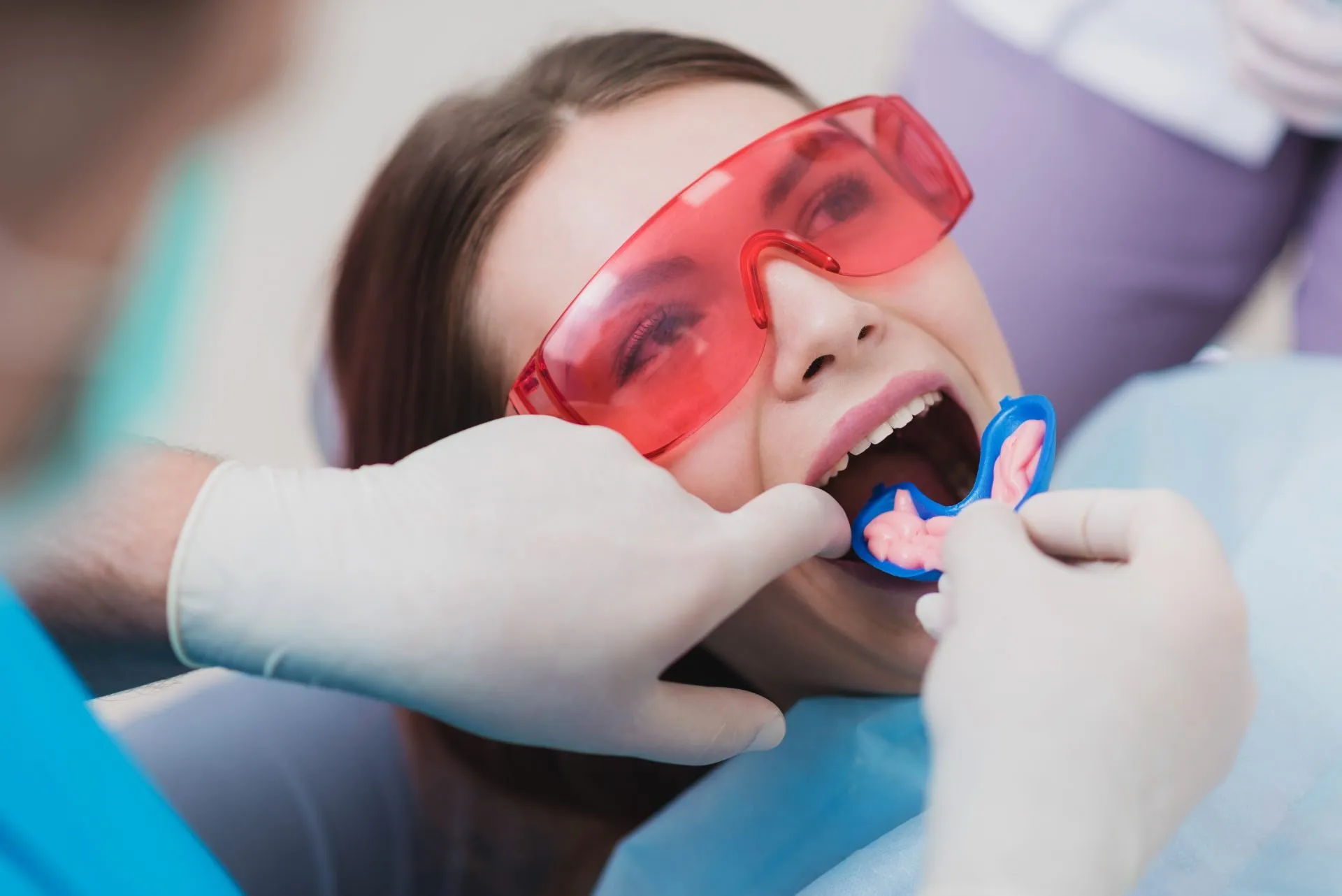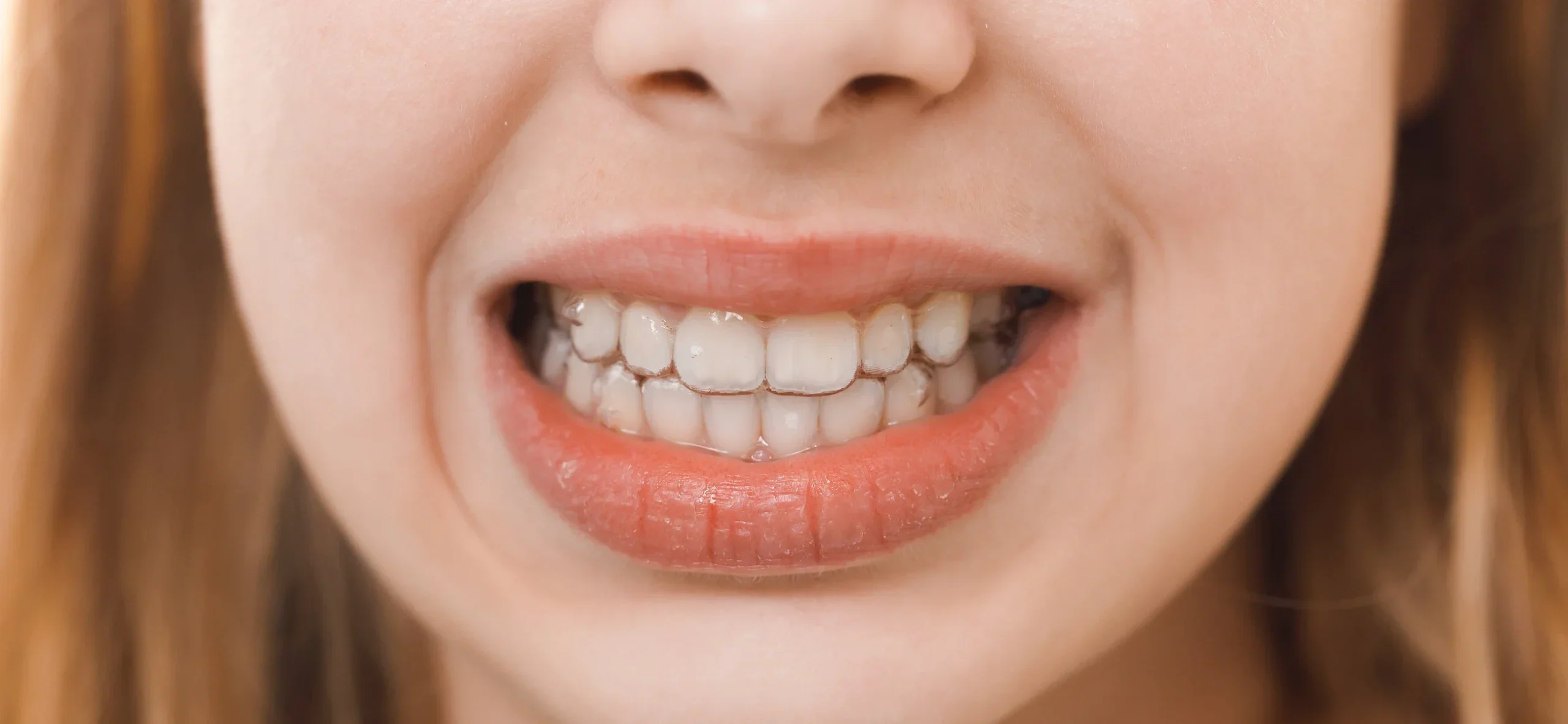When it comes to dental health, few ingredients have sparked as much conversation—or proven as effective—as fluoride. This mineral has transformed the landscape of preventive dentistry and become a cornerstone in the fight against tooth decay. But what exactly does fluoride do to protect your smile, and how can you ensure you’re getting the right amount?
Understanding Fluoride: Nature’s Cavity Fighter
Fluoride is a naturally occurring mineral found in various water sources, certain foods, and throughout the earth’s crust. For decades, dental professionals have recognized fluoride as one of the most powerful tools in preventing dental caries (cavities) and promoting overall oral health.
When incorporated into your daily dental hygiene routine, fluoride works at the microscopic level to strengthen your teeth against the constant attacks they face from acids and bacteria. Its protective abilities have made it a standard ingredient in most toothpastes and a common addition to public water supplies across the United States.
Try Our Dental Calculators
How Fluoride Strengthens Your Teeth
Your tooth enamel—the hardest substance in your body—is in a constant state of flux. Throughout the day, minerals like calcium and phosphate are lost when acids attack your teeth, particularly after consuming sugary or acidic foods and beverages. This process, called demineralization, is the first step toward tooth decay.
Fluoride helps reverse this damage through several key mechanisms:
- Remineralization: Fluoride attracts calcium and phosphate ions, helping rebuild weakened tooth enamel. This reverses early decay before it becomes visible or causes cavities.
- Strengthening Developing Teeth: For children, fluoride becomes incorporated into the developing permanent teeth, making them stronger and more resistant to acids even before they emerge.
- Inhibiting Bacterial Activity: Fluoride disrupts the ability of plaque bacteria to produce acid, directly targeting the cause of dental caries.
The result? Stronger teeth that are significantly more resistant to the daily challenges they face.
The Remarkable History of Fluoride in Dentistry
The fluoride story begins in the early 20th century when researchers noticed unusually low cavity rates in communities with naturally fluoridated water. By the 1940s, controlled studies confirmed these observations, and in 1945, Grand Rapids, Michigan became the first city to implement water fluoridation.
The results were remarkable—children born after fluoridation showed cavity reductions of up to 60%. Today, community water fluoridation is recognized as one of the ten greatest public health achievements of the 20th century by the Centers for Disease Control and Prevention (CDC).
Sources of Fluoride for Your Dental Health
You can access fluoride’s protective benefits through multiple sources:
Fluoride in Your Drinking Water
About 73% of Americans served by public water systems receive fluoridated water. This community-based approach ensures that people of all ages and socioeconomic backgrounds receive fluoride’s protective benefits each time they drink tap water or consume foods prepared with it.
If you’re curious about your local water supply, you can check with your water utility company or the CDC’s online database.
Fluoride in Your Toothpaste and Rinses
Most toothpastes contain fluoride—typically in concentrations between 1,000 and 1,500 parts per million (ppm). When you brush, a light coating of fluoride remains on your teeth, providing protection throughout the day.
For additional protection, fluoride mouthwashes deliver lower concentrations (usually 200-250 ppm) but can reach areas that brushing might miss.
Professional Fluoride Treatments
During regular dental checkups, your dentist may recommend professional fluoride treatments. These highly concentrated forms (up to 23,000 ppm) provide maximum protection and are particularly beneficial for patients with:
- Existing cavities or high decay risk
- Dry mouth conditions
- Gum recession exposing tooth roots
- Orthodontic treatment with braces
A professional treatment takes just minutes but provides protection for months.
Who Benefits Most from Fluoride Protection?
While fluoride benefits everyone, certain groups have the most to gain:
Children and Fluoride: Building Strong Foundations
Children between 6 months and 16 years receive particular benefits from fluoride as their permanent teeth develop. The mineral becomes incorporated into the growing tooth structure, creating stronger, more decay-resistant teeth that last a lifetime.
For this reason, many pediatric dentists recommend fluoride supplements for children living in areas without fluoridated water.
Adults with Specific Risk Factors
As you age, certain conditions increase your cavity risk and make fluoride protection more crucial:
- Dry mouth (xerostomia): When medication or medical conditions reduce saliva flow, teeth lose their natural protective wash, increasing decay risk.
- Gum recession: Exposed roots are softer than enamel and more vulnerable to decay.
- Dental restorations: Areas around fillings, crowns, and bridges can trap bacteria.
- History of frequent cavities: Some people are simply more prone to decay.
The Science Behind Fluoride’s Effectiveness
The protective effect of fluoride isn’t just anecdotal—it’s backed by decades of rigorous scientific research. Here’s what the data shows:
| Fluoride Source | Typical Reduction in Cavity Rate | Best For |
|---|---|---|
| Fluoridated Water | 25-40% reduction | Entire population, especially those with limited dental care access |
| Fluoride Toothpaste | 24-26% additional reduction | Daily use for everyone |
| Professional Treatments | 30-40% reduction in high-risk patients | People with active decay or high risk factors |
| Fluoride Varnish | 43% reduction in primary teeth, 37% in permanent teeth | Children and high-risk adults |
The evidence is clear: regular exposure to appropriate levels of fluoride significantly reduces your risk of developing tooth decay and needing costly dental restorations.
How to Maximize Fluoride’s Benefits for Your Smile
To get the most protection from fluoride, follow these evidence-based recommendations:
Optimal Brushing Techniques
When using fluoride toothpaste, maximize its benefits by:
- Brushing for a full two minutes, ensuring all tooth surfaces receive adequate contact
- Using only a pea-sized amount of toothpaste (a rice-grain amount for children under 3)
- Spitting after brushing but not rinsing immediately with water, allowing the fluoride to remain on your teeth longer
- Waiting 30 minutes after brushing before eating or drinking
Timing Your Fluoride Exposure
For maximum effectiveness, consider when you use fluoride products:
After meals and snacks, acids from food and bacterial activity create the perfect environment for demineralization. This makes post-meal the ideal time to introduce fluoride through brushing or rinsing.
When Additional Fluoride Makes Sense
Your dental professional might recommend supplemental fluoride if you:
- Live in an area without fluoridated water
- Have deep grooves in your teeth that trap food and bacteria
- Experience sensitive teeth from exposed roots
- Are undergoing cancer treatments affecting your saliva production
- Have a history of frequent dental work
Addressing Common Questions About Fluoride
Despite its proven track record, fluoride sometimes generates questions and concerns. Let’s address the most common ones:
Is Fluoride Safe?
The safety of fluoride at recommended levels has been extensively studied for over 70 years. Organizations including the American Dental Association, the World Health Organization, and the American Academy of Pediatrics affirm that fluoride at proper doses is both safe and effective.
Like any beneficial substance, fluoride’s effects follow a dose-response relationship—the right amount provides protection, while excessive amounts over long periods can cause issues like dental fluorosis (usually mild white spots on teeth).
What About Fluorosis Concerns?
Dental fluorosis occurs almost exclusively during tooth development before teeth erupt—primarily affecting children under 8. In the vast majority of cases, fluorosis results in barely noticeable white spots on the teeth with no health consequences.
To prevent fluorosis:
- Supervise young children when brushing to ensure they don’t swallow toothpaste
- Use an appropriate amount of toothpaste based on the child’s age
- Consult with your child’s dentist about overall fluoride exposure
Fluoride and Overall Health
Some people express concern about systemic effects of fluoride beyond dental health. Extensive reviews by health organizations worldwide have consistently found no credible evidence linking optimally fluoridated water to adverse health effects.
The recommended level for community water fluoridation (0.7 parts per million) provides a wide margin of safety while delivering proven dental benefits.
Beyond Fluoride: Complementary Approaches to Cavity Prevention
While fluoride provides powerful protection, a comprehensive approach to dental health includes other important strategies:
Diet and Dental Health
What you eat significantly impacts your tooth enamel. Consider:
- Limiting sugary and acidic foods and beverages
- Choosing teeth-friendly snacks like cheese, nuts, and fibrous vegetables
- Drinking water instead of soda or sports drinks
- Consuming sugary treats with meals rather than as separate snacks
The Role of Xylitol
Research shows that xylitol, a natural sweetener found in many sugar-free gums and mints, provides additional protection against tooth decay. Bacteria cannot metabolize xylitol into damaging acids, and some studies suggest it may even help remineralize early decay spots.
Dental Sealants
For children and adults with deep tooth grooves, dental sealants provide a physical barrier against cavity-causing bacteria. These thin protective coatings complement fluoride’s chemical protection, particularly on challenging-to-clean molars.
Making Informed Decisions About Fluoride for Your Family
When considering fluoride use, balancing benefits and appropriate use is key:
For Parents and Caregivers
The American Dental Association recommends:
- Starting fluoride toothpaste as soon as the first tooth appears
- Using a rice-grain sized amount (0.1 mg fluoride) for children under 3
- Increasing to a pea-sized amount (0.25 mg fluoride) for children 3-6
- Supervising brushing until around age 7-8
- Consulting with your pediatric dentist about your child’s specific needs
For Adults Managing Their Own Dental Care
As an adult, consider:
- Your cavity history and risk factors
- Whether your water is fluoridated
- Any conditions affecting your oral health (like dry mouth or gum recession)
- Professional recommendations from your dentist
The Future of Cavity Prevention
Research into cavity prevention continues to evolve. Scientists are exploring new fluoride delivery systems, studying other protective minerals, and developing innovative approaches to dental care.
One promising area is the development of smart materials that release fluoride only when pH levels drop (signaling acid attack) and technologies that identify early demineralization before it becomes visible.
Fluoride as Part of Your Complete Dental Protection Strategy
Fluoride remains one of the most effective tools available for preventing tooth decay and protecting your smile. Its ability to remineralize weakened enamel, strengthen developing teeth, and inhibit bacterial activity provides a powerful defense against cavities.
By understanding how fluoride works and incorporating appropriate sources into your daily routine, you’re taking a proven step toward stronger teeth and fewer dental problems throughout life.
Remember that fluoride works best as part of a comprehensive approach to oral health that includes regular brushing and flossing, smart dietary choices, and routine dental checkups. By combining these strategies, you give your smile the best possible protection against decay and disease.
For personalized recommendations about fluoride and your unique dental needs, consult with your dentist at your next visit. They can assess your specific risk factors and help you develop an optimal plan for maintaining a healthy, beautiful smile for life.





